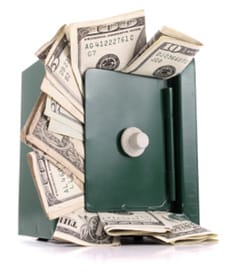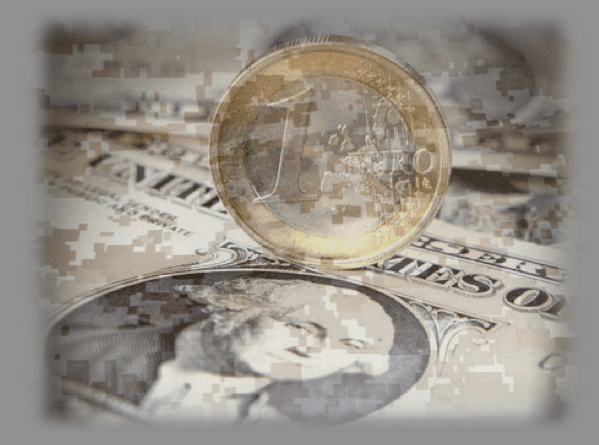In the previous lesson, we demonstrated the benefits – as well as the risks – of scaling into and out of forex trades. When this strategy is applied successfully, it can maximise profits and reduce risk exposure in an incremental fashion. Today, we’re going to look at an example of how you can scale out of trades to lock in profits and minimise – or even eradicate – risk.
Scaling Out
The main benefit of scaling out is that it reduces your risk by taking away exposure to the market, regardless of whether you are winning or losing position. In combination with trailing stop, it also has the benefit of locking in profits and taking almost all of the risk out of a trade.
 For example, let’s say you have $10,000 in your trading account, and you’ve decided to short 10,000 units of GBP/USD at 1.4000. The stop is placed at 1.4100, and your profit target is 1.3700, 300 pips below your entry point.
For example, let’s say you have $10,000 in your trading account, and you’ve decided to short 10,000 units of GBP/USD at 1.4000. The stop is placed at 1.4100, and your profit target is 1.3700, 300 pips below your entry point.
This means that your risk for the trade is $100, or 1% of your total trading account, as the pip value for 10k units of GBP/USD is $1 and you have a stop of 100 pips.
A couple of days later, GBP/USD has moved down 100 pips in your favour to 1.3900, giving you a total profit of $100 – or a gain of 1%.
Then, a comment by a prominent Fed official hinting at an expansion of monetary stimulus appears in the newswires, and this is likely to weaken the USD, at least in the short term.
Thinking that this could bring dollar sellers back into the market, reversing the downwards direction of GBP/USD, you decide to lock in some of these profits. To this end, you close half of your position by purchasing 5,000 units of GBP/USD at the current price of 1.3900. You are left with an open short position of 5,000 units of GBP/USD at 1.4000. You can now adjust the stop to the break-even position (1.4000, creating a trade that is pretty much risk-free.
In the event that the pair does indeed move back higher, as expected, triggering your adjusted stop at 1.4000, then the position will be closed without loss. If, however, the pair moves lower, you can just let the profits on your remaining open trade run.
By taking some money out of the trade, you effectively reduce the risk to zero, although you will also reduce your original maximum profit for the trade. If the GBP/USD fell to 1.3700 and you caught the entire 300 pip move with your initial position of 10k units of GBP/USD, you would have a profit of $300. However, because you scaled out of the trade by locking in 5k units of a 100 pip gain for $50, and closed the remaining 5k at a 300-pip gain for a profit of $150 ($0.50 per pip x 300 pips = $150), you would have a $200 profit rather than the original max profit of $300.
Ultimately, it is up to you whether the peace of mind associated with a risk-free trade is more important than potentially getting a bigger profit at the end of it. However, if you do decide to lock in profits and adjust your stop to nullify the risk of the trade, you could always adjust your profit target to increase the potential maximum profit for the trade to compensate.
Scaling In
If done correctly, scaling into a position can increase your maximum profits. However, this comes at a price of increasing the risk associated with the trade. If done incorrectly, you could end up losing a huge amount of money, and possibly even face the dreaded ‘margin call’.
The key to doing it correctly lies in the profitability of your open position when you add to it, the amount that you add to it, and how your stops are adjusted.
In the third and final part of our series on scaling into and out of trades, we shall be looking at the dos and don’ts of that most risky of strategies – scaling into losing positions, and also some guidelines for scaling into winning positions.
Other articles in this series:
Forex Trading Strategy: Scaling In and Out Part 1
Tradersdna is a leading digital and social media platform for traders and investors. Tradersdna offers premiere resources for trading and investing education, digital resources for personal finance, market analysis and free trading guides. More about TradersDNA Features: What Does It Take to Become an Aggressive Trader? | Everything You Need to Know About White Label Trading Software | Advantages of Automated Forex Trading

































